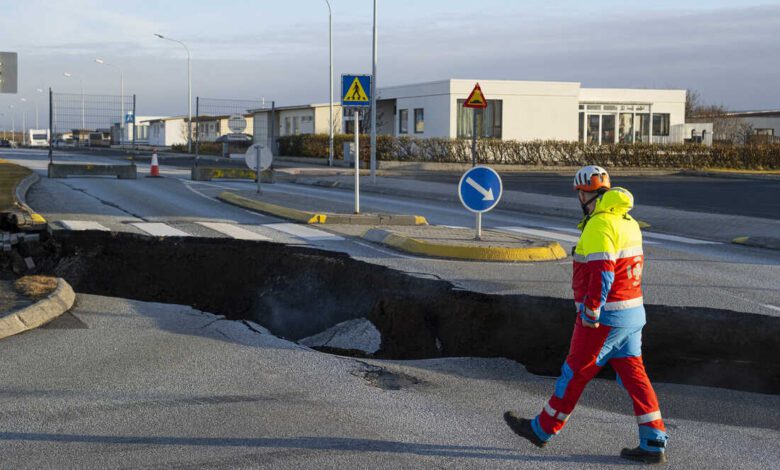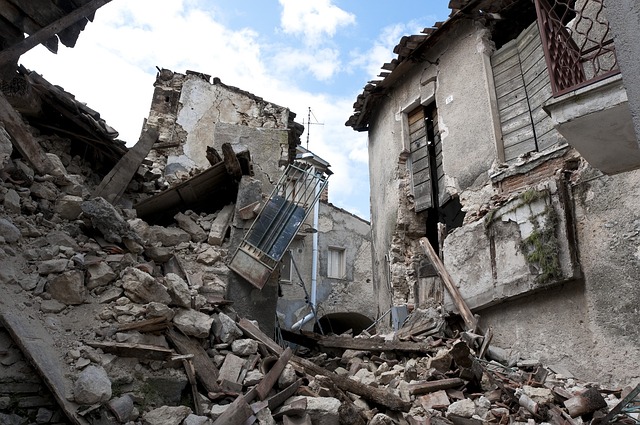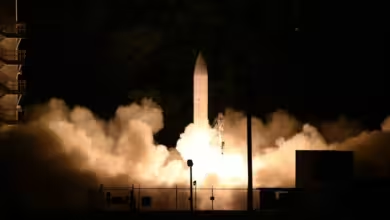Aftershocks persisting today believed to be triggered by earthquakes from 1800s: Scientists
The scientific community has been debating the origin of current seismic activity in stable regions like North America.

In the 1800s, the interior of North America experienced some of the deadliest earthquakes recorded in U.S. history. Recently, a study published in the Journal of Geophysical Research: Solid Earth suggests that the central and eastern United States may still be facing aftershocks from these historical seismic events nearly two hundred years later.
The scientific community has been debating the origin of current seismic activity in stable regions like North America. Are these earthquakes aftershocks, foreshocks, or simply background seismic activity? Science Daily reports that this ongoing discussion is vital for understanding the dynamics of seismic events in historically stable areas.

Researchers delved into three major earthquakes that occurred in the 17th and 19th centuries, examining seismic events near Quebec, Canada (1663), the Missouri-Kentucky border (1811-1812), and Charleston, South Carolina (1886). Larger earthquakes typically generate more aftershocks, making these historical events crucial for understanding the present seismic landscape.
In the stable continental interior of North America, where seismic events are rare compared to tectonically active plate boundaries, the origins of modern seismicity become a mystery. To bridge the gap between past and present quakes, the researchers utilized the nearest neighbor method, analyzing earthquakes within a 250-kilometer radius of historical epicenters.
Setting a magnitude threshold of 2.5 ensured reliable recording, enabling the team to distinguish between aftershocks and background seismic activity. Spatial distribution analysis provided insights into the nature of seismic activity.
One key finding is that the aftershock sequence near Quebec appears unrelated to modern seismicity. However, the study suggests a different story for the earthquakes in the Missouri-Kentucky border and Charleston. These historical earthquakes may still be triggering aftershocks centuries later, connecting past and present seismic events.
The study sheds light on the complex nature of modern seismicity in these regions, revealing that approximately 30 percent of earthquakes near the Missouri-Kentucky border and 16 percent in Charleston are likely aftershocks from historical. This emphasizes the intricate and intertwined nature of the seismic landscape in these stable regions.
Understanding the lingering effects of historical earthquakes is crucial for assessing seismic risks in these areas. The study’s methodology, employing the nearest neighbor method and a magnitude threshold of 2.5, provides a reliable way to differentiate between aftershocks and background seismic activity.
As scientists continue to unravel the mysteries of North America’s seismic history, this research contributes valuable insights into the ongoing debate about the origin of seismic activity in stable continental interiors. By connecting past and present earthquakes, researchers can better comprehend the dynamic nature of the Earth’s crust and improve our ability to predict and mitigate the impact of future seismic events.
You might also be intersted in – Back-to-back earthquakes: Is the Himalayan megaquake near?



